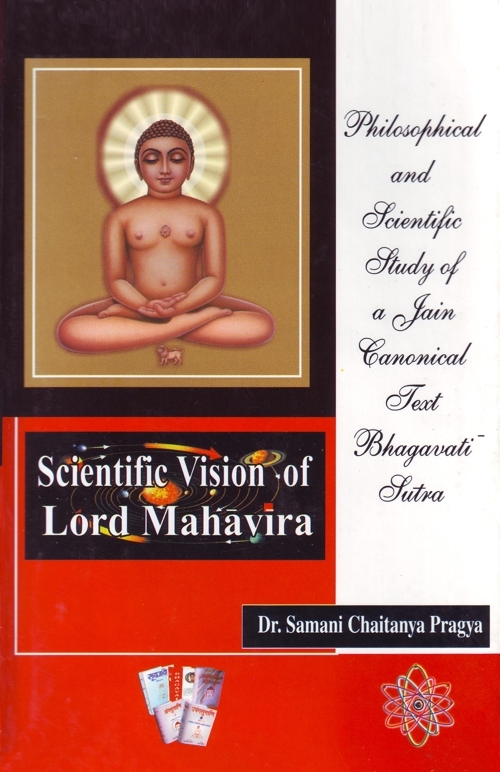The Jain thinkers have made splendid contribution towards the development of scientific temperament and have espoused several theories in the fields of Physics, Chemistry and Botany etc. Although all may not be observed and proved through modern scientific methods but one has to appreciate the incisive insight of Jain thinkers into the complex nature of the physical and non-physical objects and the enormous body of knowledge generated by them. The Jain thinkers have contributed to the field of Physics through the concept of Pudgala (matter) and Paramāṇu (atom) which will be discussed respectively in this and the subsequent chapter.
Modern Physics has produced extra-ordinary innovative theories. Scientists like Einstein,[1] Ernest Rutherford,[2] Niels Bohr, Louis De Broglie, Erwin Schrodinger, Wolgfand Pauli, Werner Heisenberg etc.[3] have shown one thing that matter is not at all as passive and inert as it appears, but it is in a continuous vibrating and dynamic state. Remarkably this is also the view of the Jain philosophers who have systematically laid down certain principles that have come to be validated and practically examined in the light of the recent scientific researches. They have all emphasized that the universe has to be grasped dynamically. Nature is not in a static but in a dynamic equilibrium. Jain seers also believe in dynamism of nature. Seers and scientists both talk of atom, the smallest physical unit, to the macro world of stars and galaxies but with a little difference. According to the Jain seers dynamism is found at two levels i.e. mutation and motion. The former can be understood as motion without change and the latter as motion with change. Mutation is continuous all the time in all the things but motion is not found all the time and in all the things. Sometimes atoms vibrate and sometimes they are at rest. All the planets are also not in motion. According to the Jain Astronomy, there are a huge number of Suns, Moons and Stars in the universe, which are stand still and are not moving at all. Theory of Pudgala can be studied when one has the penetration into the deeper layers of matter and sharp insight in the atomic and sub-atomic world. Also, in Modern Physics the atoms and nuclei move so fast that they can only be described correctly in the framework of the special theory of Relativity. To understand the nature, properties and interactions of subatomic particles is impossible, unless one knows the Quantum Theory and Relativity Theory.
In Jainism, there is the doctrine of five extended reals, such as, the medium of motion, the medium of rest, space, matter and soul, so also in modern physics there are basic concepts Matter, Energy, Mass, Space and time. In this chapter, however, we shall confine ourselves to the Jain concept of Pudgala as found in the Bh.S.
The concept of Pudgala makes the major portion of Jain Philosophy. It is not centered on a mechanistic view of nature, which when logically pushed, leads to determinism. The philosophical doctrine of the rigorous determinism is found in the philosophy of Descartes.[4] The tremendous success of Newtonian mechanistic world-view was based on Cartesian Proposition that remained in vogue till the 19th Century. In the beginning of 20th Century, a new theory of physical reality was propounded i.e.Special Theory of Relativity which brought to light the limitations of the Newtonian model and denied its thesis of space and time absolute.[5] Jain thinkers hold the doctrine of Pudgala in total opposition to the deterministic view of classical Physics.
 Dr. Samani Chaitanya Pragya
Dr. Samani Chaitanya Pragya

